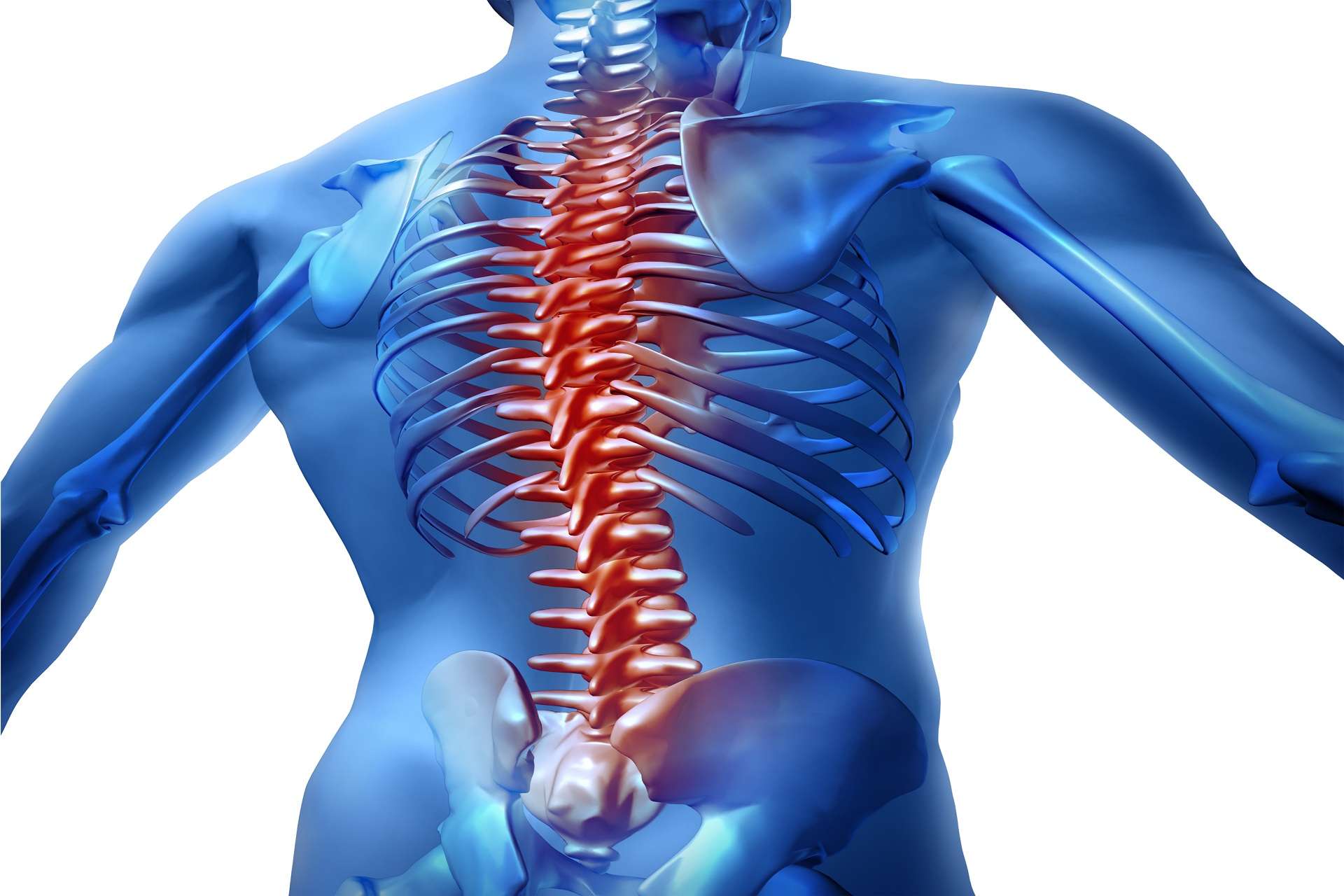Spinal Cord Stimulator Basics – Guide For Personal Injury Attorneys

Do you have clients who are suffering from chronic pain? Do you have clients who are fearful that the quantity of prescription medication they must take to manage pain is too high and maybe ultimately bad for their health? If so, your clients may have considered, or are actively using, another pain-management option called a spinal cord stimulator .
In this article, we will discuss the basics behind a spinal cord stimulator, and more importantly discuss the spinal cord stimulator costs, which might become highly relevant in your personal injury cases. If, after reviewing this article, you have additional questions about spinal cord stimulator cost and whether a vocational expert can help you with your personal injury case, then we invite you to contact us at Occupational Assessment Services, Inc. – OAS.
We are one of the most experienced employability and life care planning firms in the United States. To discuss your case, call us at 1-800-292-1919 , contact us at a location near you, or through our online form.
The “Pain Pacemaker”
A spinal cord stimulator is a device that is implanted in the body, with an electronic “lead” placed in the spinal column, which is connected to a stimulator pack implanted in a person’s flank area with an implanted wire that runs down a person’s body.
The device is a neuromodulation device, which is able to control the kinds of signals sent to the brain. In other words, the device can turn off certain nerve reactions before they reach the brain – they mask the pain. Thus, if a person is experiencing chronic pain, the neuromodulation device will intercede to stop that pain signal from reaching a person’s brain.
Interestingly, a person can adjust the spinal cord stimulator in real-time by using a handheld controller. It is recommended that people turn off the device when driving or operating heavy machinery, given that impulses from the device from changes in body position could be distracting to the driver.
Because it has some control over electrical signals that reach the brain to manage pain, a spinal cord stimulator is often called a “pain pacemaker.”
What are the Benefits of a Spinal Cord Stimulator?
The goal of the spinal cord stimulator is to minimize a person’s chronic pain. It is typically considered as a pain management treatment when other, more conservative, options to minimize pain have proved ineffective.
The spinal cord stimulator is important because it will lower a person’s risk of dependence on narcotics. It allows patients to reduce or discontinue altogether the use of opiod (possibly highly addictive) pain relievers.
What Conditions Could Improve with a Spinal Cord Stimulator?
The spinal cord stimulator is helpful with conditions including Complex Regional Pain Syndrome and Failed Back Surgery Syndrome, which is a condition in which pain persists even though someone has undergone repeated back surgeries. Other conditions that may benefit from a spinal cord stimulator are intractable angina, visceral abdominal and perineal pain, and pain in the extremities from nerve damage.
Possible Complications
Spinal cord stimulators are reversable and, overall, are considered safe, complications have been reported in about 30 to 40% of people who use the device. The most common problem is that the lead placed in the spinal column moves, thus resulting in a tingling sensation in that other part of the body. Also, there is the possibility of infection and/or pain in the place where the device is implanted.
The Spinal Cord Stimulator Cost
About 50,000 spinal cord stimulators are implanted each year, according to the American Association of Neurological Surgeons. A person would begin use of the device by participating in a five to seven day trial period. The spinal cord stimulator cost for the trial is between $7,500 and $8,000, and most health plans require prior approval.
If the trial is successful – doctors consider a 50% pain reduction to be successful – then the device is a viable option for a person’s pain management.
Following a trial period, the spinal cord stimulator cost to implant is about $33,000 for Medicare patients and about $58,000 for Blue Cross Blue Shield patients. Those figures incorporate the cost of the hospital, doctor, and equipment.
Spinal cord stimulators must also be maintained. Thus, the annual cost to maintain the device is somewhere between $5,000 and $22,000. The large variation in the spinal cord stimulator cost of maintenance is due to variations on the existence and number of complications as well as the potential for adverse effects.
As you can see, the spinal cord stimulator cost can be significant. Research has resulted in conflicting assessments as to whether the spinal cord stimulator option is cost-effective . Some studies find that it is cost-effective in people suffering from chronic back and limb pain. However, other studies find that the spinal cord stimulator cost exceeded pain clinic treatment or standard treatments.
Let OAS Help You Present Evidence Related to Spinal Cord Stimulators
The vocational experts at Occupational Assessment Services, Inc. (OAS) have over forty years of experience providing vocational services for attorneys and documenting the income potential and employment capacity of underemployed, unemployed, and disabled spouses in many types of cases
OAS specializes in working with the plaintiff or defense attorney to assist in objectively documenting the economics in a personal injury case, and in acting as a vocational expert at SSDI hearings. From the initial referral to the trial testimony, OAS works with the retaining attorney so that the vocational assessment of the case can be objectively and efficiently presented.
We strongly believe in the importance of a clear and understandable presentation of the facts. OAS is the leading provider of Vocational Expert and Life Care Planning Services for Plaintiff and Defense attorneys.
The company specializes in assisting attorneys in evaluating earning capacity in divorce cases, and documenting the damages in cases where an individual has been severely injured by providing objective findings on how the injuries affect a persons’ ability to work and earn money, as well as the cost of care required in catastrophic injuries.
OAS is your Vocational Expert & Life Care Planner Nationwide, with offices in New York, New Jersey, Connecticut, Pennsylvania, Georgia, Florida, Texas, Nevada, and California.
Occupational Assessment Services, Inc. is one of the most experienced employability and life care planning firms in the United States. To discuss your case, call us at 1-800-292-1919 , contact us at a location near you, or through our online form.
RECENT POSTS
CONTACT US
We will get back to you as soon as possible.
Please try again later.
Evaluation Request
Contact Us
We will get back to you as soon as possible.
Please try again later.
Contact
Contact Us
We will get back to you as soon as possible.
Please try again later.
All Rights Reserved.
This website is managed by Oamii.







